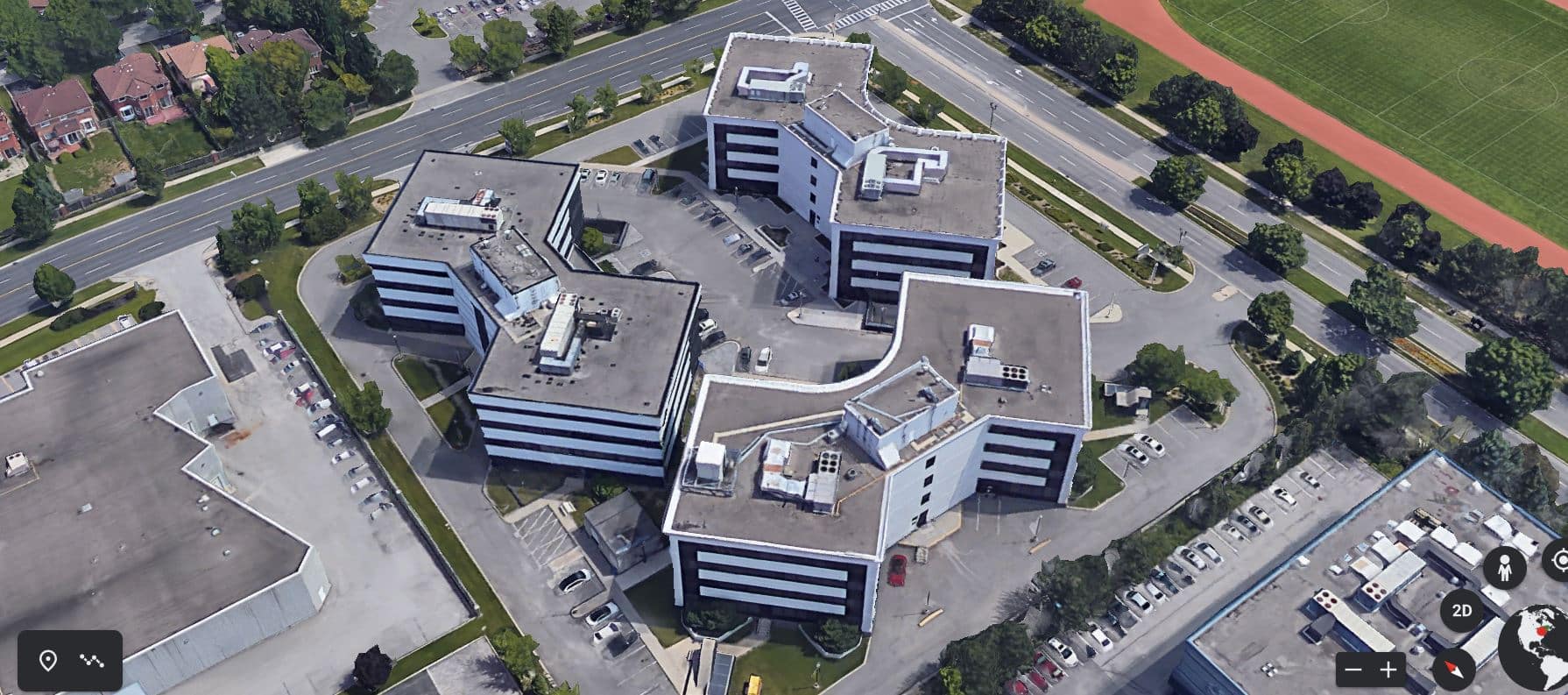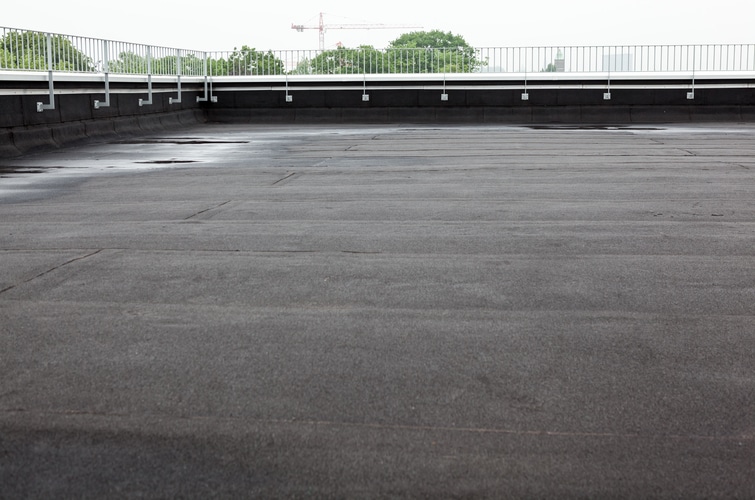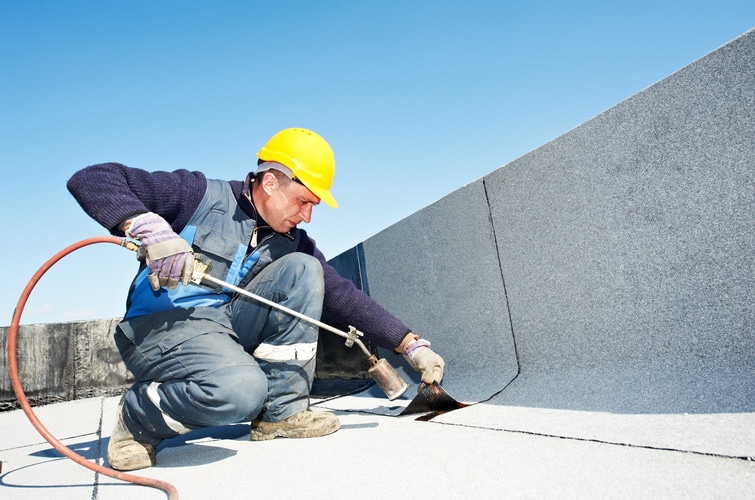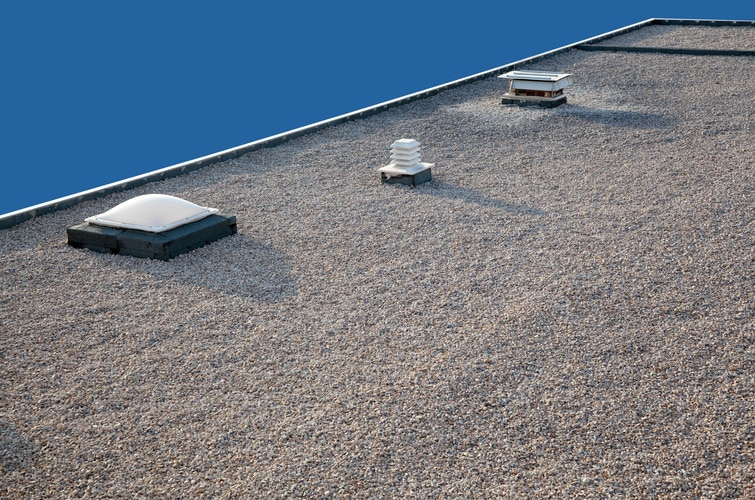500 Hood Road, Suite 320Markham ONL3R 9Z3

A roof is an essential part of a building structure. It protects the interior from rain, snow, wind, temperature extremes, and other environmental elements, and has to withstand quite intense forces at times.
Therefore it is important to ensure the roof is designed, built, and installed properly. Roofing is hard work, so it is also important to be prepared for that.
A key first step is to ensure you have the roof designed by a professional and that all required permits and documentation are ready and available, and that everything will comply with national and local building codes. Even if you do not build a roof yourself, it is worth having a basic understanding of the process and concepts. Be sure to choose a roof that is best for your climate, precipitation intensity, sun exposure, and other environmental forces that the roof will need to stand up to.

There are many different types of roofs, but all fall into two categories - Low-Slope (flat), or Steep-Slope (pitched). You will need to decide on a roof that fits your needs and fits the shape, size, and type of building it will cover. As a general rule, flat roofs are the standard for commercial and industrial buildings, whereas pitched roofs are commonly for houses. In this article, we will be focussing on the former.
These actually can have a very slight slope, and may not always be perfectly flat. They are good for commercial, industrial, and multi-residential buildings, as they allow for rooftop spaces and for commercial building design and equipment placement. They are good both in wet and dry climates.
Low Slope roof framework is a roof deck constructed from wood, metal, or concrete, covered with various control layers such as vapour/air/thermal/fire separation/moisture/surface protection, and more. The main protection against water intrusion in a low slope system is the waterproofing membrane (moisture control layer) which can vary from bituminous type to polyvinyl, synthetic rubber, and more.
Choose roofing materials to suit your climate. Make sure to choose durable roofing material in areas that will have greater environmental and natural forces.

You will need to create a plan drawing that includes a diagram of the planned roof. The style, shape, measurements, and materials need to be determined.
The contractor will need to accurately measure and calculate how much material will be needed. Roofing materials must be ordered through specialized suppliers.
You will also need sheathing material like gypsum board, vapour retarder, membrane, flashings, metal trims, and sealants. You may also need roofing accessories, such as nails, fasteners, flashing stacks, drains, scuppers, eavestroughs, downpipes, etc. depending on the exact design of the roof and building.
Vapour retarder is required by code and must be carefully selected to be part of the overall roofing assembly. It also needs to be suitable for installation over the roof deck. In some instances, the entire roofing assembly above the vapour retarder is solely dependent on the quality of vapour retarder installation for wind uplift forces acting on the entire roof.
Resistance to the transfer of heat energy is the main function of the thermal insulation layer in a low-slope roofing system. This is referred to as R-Value. But not all thermal insulation materials have the same R-Value, they vary from low to high and are usually displayed per unit of thickness. Experts such as a professional roof consultant, architect, or engineer will be needed to properly select the right material for your application. One must take extra care not to pick the wrong thermal insulation for the low-slope roof as it will have severe negative effects on the overall performance, longevity and risks. It is always best to leave product selection to professionals.
The roof membrane is the component of the roof that protects against water intrusion. In a low-slope assembly, the roof membrane can be placed on top, or at the bottom. A built-up roof will have the roof membrane on top, and an inverted roof at the bottom layer. Selecting the correct roof membrane for your new low-slope roof is the most important part of the entire roof design. Roof membranes come in many different types, compositions, sizes, thickness, number of plies (layers), adhesion types, installation requirements, etc. and choosing one can get complicated and confusing at times for non-professionals. The consequences of using an incorrect roof membrane will result in total failure of the entire roofing assembly, and it is always best to leave it to the professionals.
Correct selection and installation of roof membrane flashings are also important in conjunction with the roof membranes.

If you are replacing an existing roof, you may be able to keep the existing roof and build on top of it. Discuss with a roofing consultant to explore the possibility of recovering.
Consult a professional on the best type of roof for your building and for support through the process. Always get a professional inspection of your roof. Regular, annual re-inspections are recommended, too. Also, hire experienced contractors; a roof is a critical investment.
1. What is the main purpose of a roof? A roof protects a building's interior from rain, snow, wind, temperature extremes, and other environmental elements. It must withstand various forces to ensure building integrity.
2. How important is proper roof design? Proper design is crucial for a roof's durability and functionality. It ensures the roof can withstand environmental pressures and perform its protective role effectively.
3. How do I choose the right roofing materials? Select materials based on your climate and environmental conditions. Ensure the materials are durable enough to withstand the natural forces in your area.
4. What is a vapor retarder? A vapor retarder prevents the movement of moisture through the roof assembly. Proper selection and installation are important for maintaining roof quality.
5. Why is thermal insulation important in roofing? Thermal insulation resists the transfer of heat energy. Correct insulation selection is crucial for energy efficiency and preventing negative impacts on roof performance.
6. How do I choose the right roof membrane? Selecting the right roof membrane is critical for preventing water intrusion. Consider factors like membrane type, size, composition, and installation requirements.
7. Can I build a new roof on top of an existing one? In some cases, it's possible to build a new roof on top of an existing one. Consult with experts to determine if this option is feasible for your building.
8. Why is professional consultation important for roofing projects? Professionals can provide expertise in roof design, material selection, and installation. They help avoid costly mistakes and ensure the roof's longevity and performance.
9. How often should I inspect my roof? Regular, annual roof inspections are recommended to identify potential issues early and maintain the roof's integrity over time.
10. What services does ABSI Roof Consulting offer? ABSI Roof Consulting provides professional roof design, inspection, and specification services for various clients, including building owners, property managers, and municipalities. Their experts have years of experience in designing and managing roofing systems.
ABSI Roof Consulting Services has roof consulting experts with years of experience in designing and managing roofing systems.
We provide professional roof design, inspection, and specification services to facility owners and managers, commercial and municipal clients. Whether you are a building owner, property manager, or municipality, we can help.
For any concerns about the steps to building a roof. Our expert team is based at 2800 14th Ave, Unit 13, Markham, ON L3R 0E4, proudly serving the Toronto area. To connect with us in Toronto, dial 416-939-0129. If you're in the Durham Region, reach out at 416-871-7453. Count on us for comprehensive building science solutions tailored to your needs.

Naji Hassan, a renowned professional in Building Science and Engineering, brings a wealth of knowledge and experience to his field. Educated at Beirut Arab University and Harvard Business School Online, Hassan has honed his expertise in structural and municipal engineering, building science, and business management. As the President of Accent Building Sciences and an experienced Senior Project Manager, he has made significant strides in building envelope engineering, building condition assessments, and energy retrofit programs. His commitment to innovation and excellence is evident in his approach to large-scale project management and his active participation in industry organizations. Hassan is not only a leader in his field but also a prolific writer and thought leader. He regularly shares his insights and experiences through articles on LinkedIn, which can be found at LinkedIn Articles. Additionally, he maintains a blog where he delves deeper into various aspects of building science, accessible at Accent Building Sciences Blog. Outside of his professional pursuits, Hassan enjoys travel, golf, languages, gardening, and music, reflecting his diverse interests and well-rounded character. Naji Hassan's journey in building science and engineering is not just a career but a testament to his lifelong dedication to learning, teaching, and inspiring others in his field.

500 Hood Road, Suite 320Markham ONL3R 9Z3